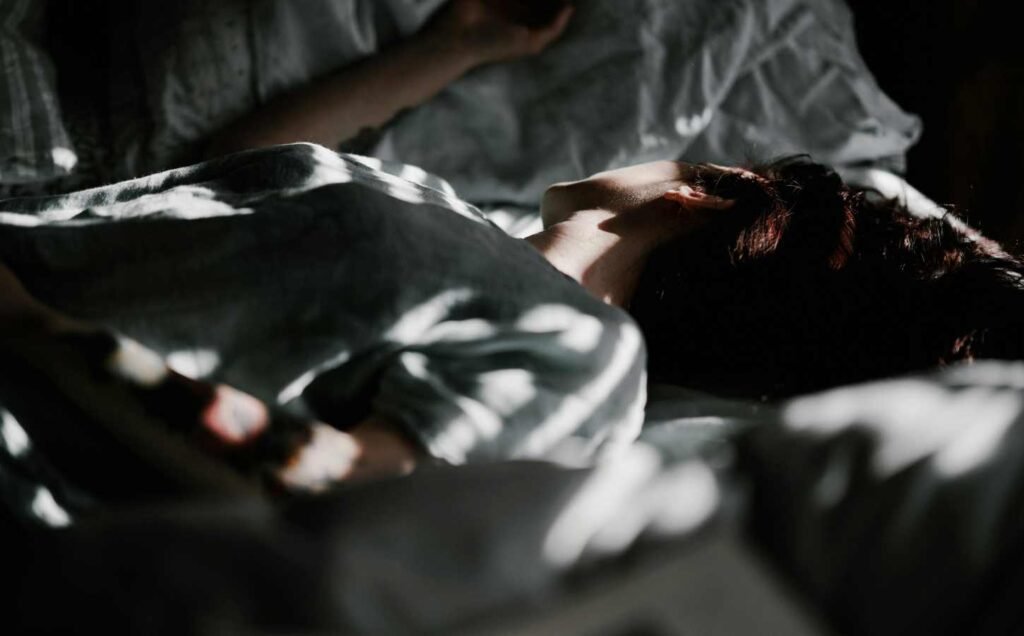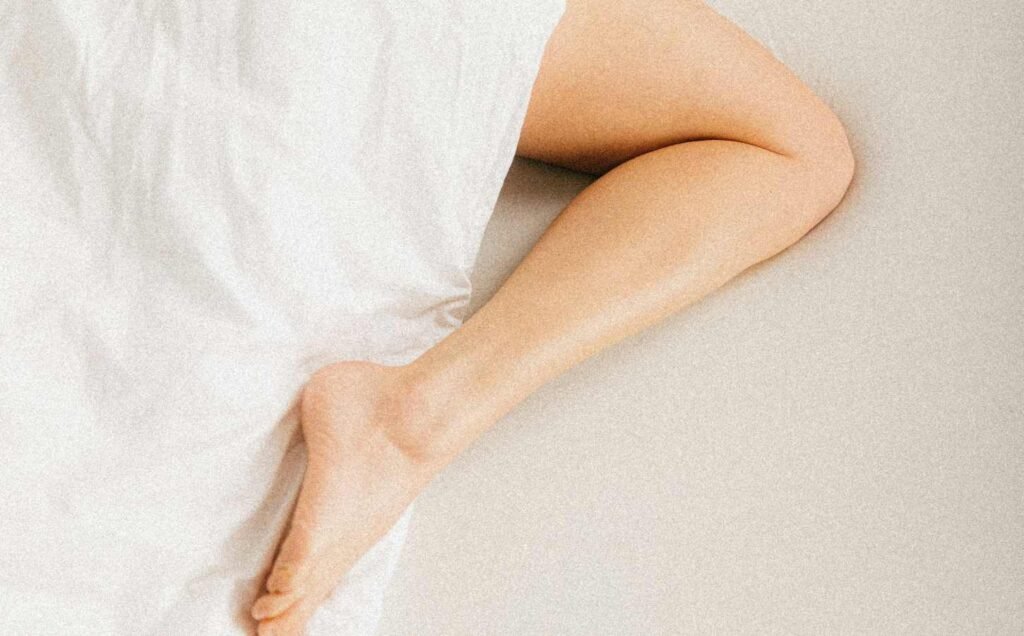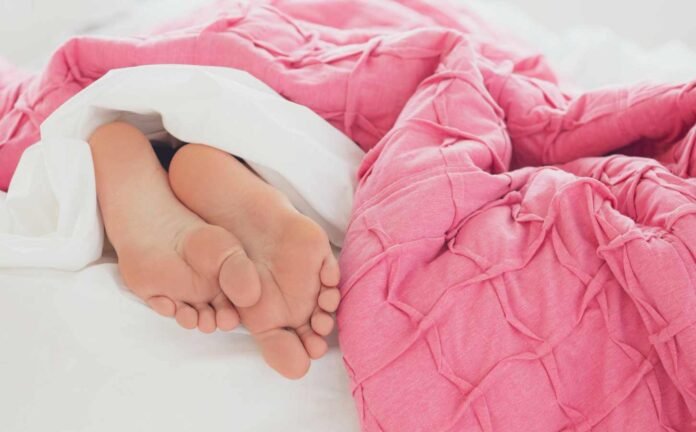Periodic Limb Movement Disorder is a sleep disorder that affects a significant portion of the population.
Periodic Limb Movement Disorder (PLMD) is characterized by repetitive and involuntary movements of the legs and sometimes arms during sleep. These movements can occur every 20-40 seconds and can last for several minutes, causing disruption to sleep and leading to daytime fatigue.
While Periodic Limb Movement Disorder is not a life-threatening condition, it can significantly impact one’s quality of life. It is often associated with other sleep disorders such as restless leg syndrome and sleep apnea. PLMD can also occur in individuals with neurological conditions such as Parkinson’s disease and multiple sclerosis.
Despite its prevalence, PLMD is often underdiagnosed and undertreated. Early recognition and treatment of PLMD can improve sleep quality and reduce daytime fatigue. Treatment options include medications, lifestyle changes, and sleep hygiene practices. It is important for individuals experiencing symptoms of PLMD to seek medical attention and discuss treatment options with their healthcare provider.
Understanding Periodic Limb Movement Disorder
Periodic Limb Movement Disorder (PLMD) is a sleep disorder characterized by repetitive limb movements during sleep. These movements can occur in any part of the body, but they most commonly affect the legs. PLMD is often associated with Restless Legs Syndrome (RLS) and can also occur in individuals with Narcolepsy.
Symptoms and Diagnosis
The primary symptom of PLMD is repetitive limb movements during sleep. These movements can be brief and occur every 5-90 seconds, and can continue throughout the night. PLMD can cause disturbances in sleep, leading to daytime fatigue and sleepiness.
Diagnosis of PLMD is typically done through a combination of medical history, physical exam, and polysomnography. A medical history will be taken to determine if the patient has any underlying medical conditions that may be contributing to the disorder. A physical exam will be performed to assess for any neurological or physical abnormalities. Polysomnography is a sleep study that records brain waves, heart rate, breathing, and muscle activity during sleep.
Causes and Risk Factors
The exact cause of PLMD is unknown, but it is believed to be associated with a dysfunction in the central nervous system. PLMD can occur at any age, but it is more common in individuals over the age of 60. Other risk factors for PLMD include iron deficiency, spinal cord injury, and diabetes.
In conclusion, PLMD is a sleep disorder characterized by repetitive limb movements during sleep. Diagnosis is typically done through a combination of medical history, physical exam, and polysomnography. PLMD can occur at any age, but it is more common in individuals over the age of 60 and those with underlying medical conditions such as iron deficiency, spinal cord injury, and diabetes.
Treatment and Management
Medication and Therapies
There are several medications and therapies available for the treatment of periodic limb movement disorder (PLMD). Some of the commonly used medications include dopamine agonists, gabapentin, and clonazepam. Dopamine agonists such as pramipexole and ropinirole are often used to treat PLMD as they help to increase dopamine levels in the brain, which can reduce the frequency and intensity of limb movements. Gabapentin and clonazepam are also effective in treating PLMD by reducing the number of limb movements during sleep.
However, it is important to note that these medications may have adverse effects and should only be used under the guidance of a physician. Some of the adverse effects associated with these medications include excessive daytime sleepiness, dizziness, and nausea.
Lifestyle Adjustments and Support
In addition to medication and therapies, lifestyle adjustments and support can also be effective in managing PLMD. Sleep hygiene practices such as avoiding caffeine, alcohol, and smoking can help to improve sleep quality and reduce the frequency of limb movements. Stress reduction techniques such as meditation and relaxation exercises can also be helpful in managing PLMD.
Iron supplements may also be recommended as low levels of iron in the body have been linked to PLMD. A healthy diet rich in iron and other essential nutrients can also be beneficial in managing PLMD.
For individuals with PLMD, it is important to seek the guidance of a healthcare professional for proper diagnosis and treatment. With the right treatment and management strategies, individuals with PLMD can improve their quality of life and get a better night’s sleep.
Frequently Asked Questions
What are the common symptoms of Periodic Limb Movement Disorder?
Periodic Limb Movement Disorder (PLMD) is a sleep disorder that is characterized by repetitive and involuntary movements of the limbs during sleep. The most common symptoms of PLMD include twitching, jerking or kicking of the legs and arms, which can occur every 20-40 seconds throughout the night. These movements can be intense enough to wake the person up, leading to poor sleep quality and daytime fatigue.
How is Periodic Limb Movement Disorder treated?
PLMD can be treated with medication, such as dopamine agonists or benzodiazepines, which can help reduce the frequency and intensity of limb movements during sleep. In addition, practicing good sleep hygiene, such as maintaining a regular sleep schedule and avoiding caffeine and alcohol, can also help improve sleep quality.
Can Periodic Limb Movement Disorder be considered a dangerous condition?
Although PLMD is not considered a dangerous condition, it can significantly impact a person’s quality of life by disrupting sleep and causing daytime fatigue. In rare cases, the movements can be severe enough to cause injury to the person or their sleeping partner.
What are the differences between Periodic Limb Movement Disorder and Restless Leg Syndrome?
Restless Leg Syndrome (RLS) is also a sleep disorder that is characterized by an irresistible urge to move the legs. However, in RLS, the movements are voluntary and are typically accompanied by uncomfortable sensations in the legs. In contrast, the movements in PLMD are involuntary and not typically associated with uncomfortable sensations.
What are the potential causes of Periodic Limb Movement Disorder?
The exact cause of PLMD is not fully understood, but it is thought to be related to abnormalities in the brain’s dopamine system. PLMD can also be associated with other medical conditions, such as iron deficiency anemia, kidney disease, and diabetes.
Is Periodic Limb Movement Disorder classified as a neurological disorder?
Yes, PLMD is classified as a neurological disorder because it involves abnormal movements of the limbs that are controlled by the nervous system. It is often considered a subtype of Restless Leg Syndrome.
Improve Sleep Duration and Quality with Progressive Muscle Relaxation for Sleep

Progressive muscle relaxation is a relaxation technique developed by Dr. Edmund Jacobson in the 1930s. It involves systematically tensing and then relaxing different muscle groups in the body.
The idea is that by deliberately focusing on and releasing muscle tension, you can reduce overall physical and mental stress, leading to a more relaxed state conducive to sleep.
Continue reading: Progressive Muscle Relaxation for Sleep
Unraveling the Complexity of Restless Leg Syndrome: Symptoms, Causes, and Management

Restless Leg Syndrome (RLS), known in the medical community as Willis-Ekbom disease, presents a unique challenge due to its multifaceted nature. This neurological condition drives individuals to move their legs incessantly due to uncomfortable sensations that defy easy description.
Continue reading: Unraveling the Complexity of Restless Leg Syndrome




